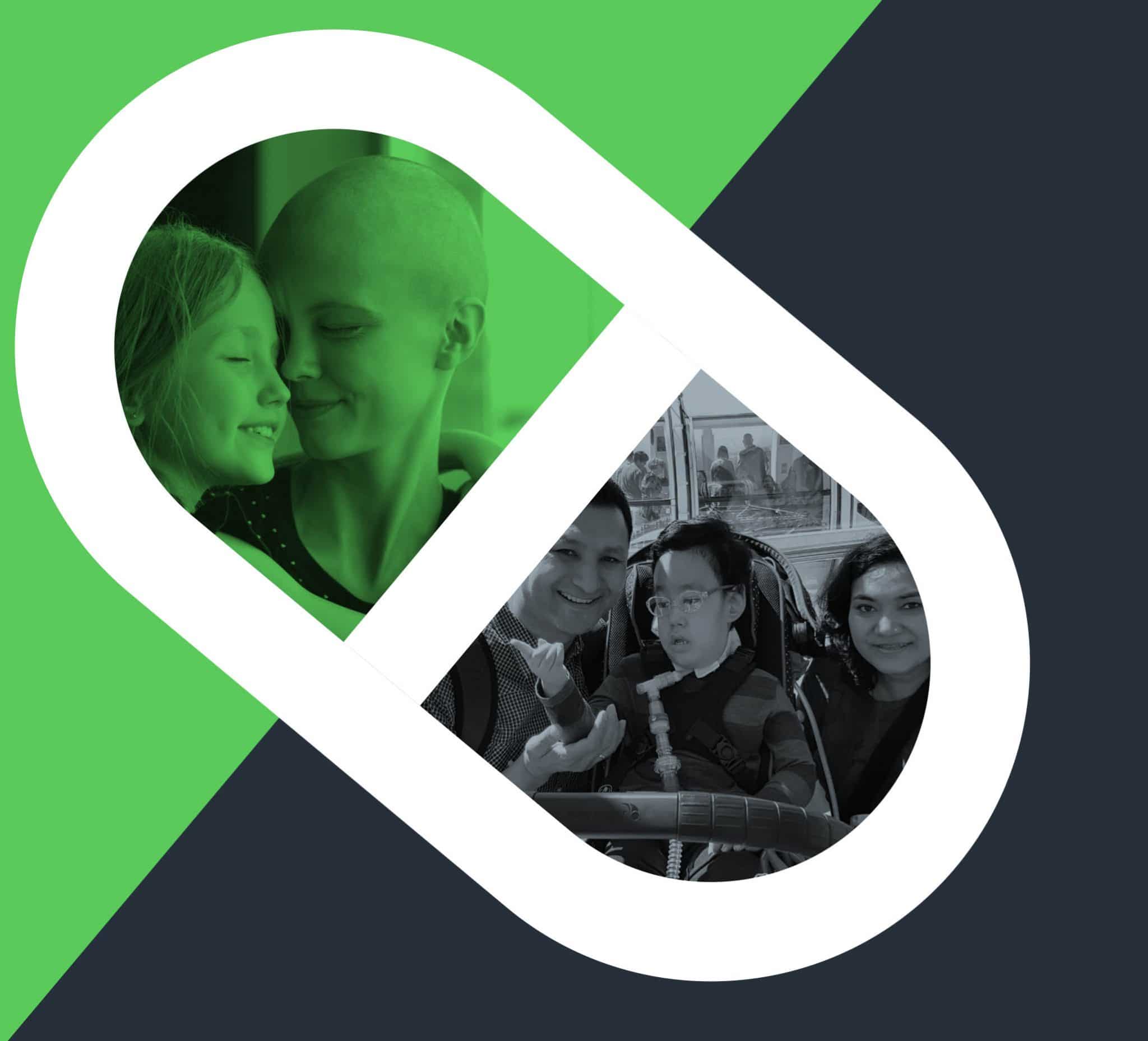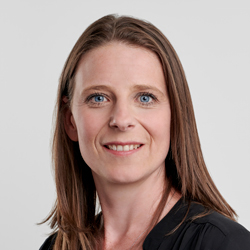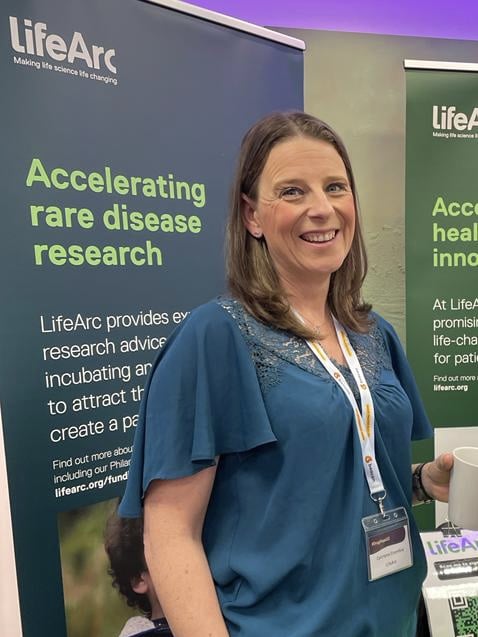LifeArc held a workshop to bring members of the rare disease community together to share their experiences and ideas about navigating specific challenges when repurposing drugs.
Drug repurposing offers the promise of a quick, cheap, accessible and patient-friendly route to develop new treatments for rare diseases. But taking a repurposed candidate into the clinic and delivering it to patients remains a huge challenge due to potential roadblocks.
In partnership with law firm Pinsent Masons, LifeArc recently launched a new report – Repurposing medicines – the opportunity and the challenges (PDF – 7MB) – at FindaCure’s annual Drug Repurposing for Rare Diseases conference 2021. The guide covers the key lessons from our March seminar and aims to support charities, researchers and funders exploring new uses for existing medicines.
Download: Repurposing medicines – the opportunity and the challenges (PDF – 7MB)
Identifying the roadblocks
LifeArc is committed to supporting charities and academics on their journey to drive drug repurposing opportunities to the clinic. We are currently working with the MRC Regulatory Support Centre to develop an interactive web-based toolkit to help them to find their way through some of the roadblocks that they may encounter on the way.
The conference provided an excellent opportunity to bring members of the rare disease community together to ask them to share their experiences and ideas of drug repurposing – whether a fully marketed drug, generic medicine or shelved asset. Catriona Crombie, Philanthropic Fund Manager at LifeArc, who chaired the workshop, said “we need you to help us find ways through the maze of repurposing.”
We asked the delegates to explore the challenges, share their experiences and ideas for how to drive drug development in four breakout sessions focused on different repurposing scenarios. The key discussion points are summarised below.
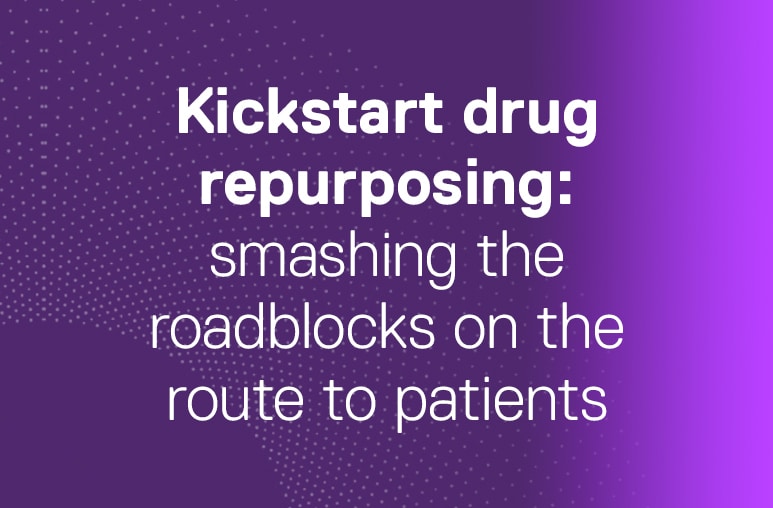
1) Patented products currently being marketed
Patented products can only be manufactured and marketed by the company that owns the patent – either doing this themselves for the life of the patent or by licensing to others.
The group focussed their discussion around repurposing opportunities that aren’t immediately attractive to the potential commercial partner. Some tactics that may provide some leverage include having:
- Intellectual property (IP) on your new indication.
- Funding sourced from external bodies to run your study.
- An understanding of the natural history and/or an animal model of your disease.
You will also need to think through the commercial and pricing considerations and have an attractive proposition of how strategically your new indication sits with the existing indications for the medicine being pursued by the company.
It is very important to have a plan on how to approach the company that owns the IP by doing further research on how best and who you should contact. Another key piece of advice was to pull everything together to provide a package to take to that potential partner outlining all the levers you have.
The experiences were that it does take a great deal of persistence to succeed – so even though progressing the new indication might be quicker than starting over, it can still sometimes take years to persuade a company to get on board.
2) Deprioritised or ‘shelved’ compounds
Existing agents that have been deprioritised or ‘shelved’ by companies might have other uses.
Delegates were keen to emphasise the need for better support and guidance for engaging with companies and brokering new partnerships. While many of the larger organizations may have academic liaison roles or patient engagement roles, there was some uncertainty about knowing who was best to approach within a company – and potentially a quick turnover of individuals.
The challenge of data accessibility was also highlighted. There was a perceived reluctance to share data relating to deprioritized assets, particularly amongst companies where the structures appeared very opaque. Having more support to grapple with this would also be valuable.
Some organisations are using computer algorithms to identify shelved assets with the potential to be repurposed. But a major challenge with many rare diseases is that if the biological mechanisms haven’t been fully characterised, it can be difficult to find that starting point.
The group also highlighted the MRC–Industry Asset Sharing initiative, which was a list of 67 shelved compounds that academics could apply to study in a project. Although the scheme is currently dormant, the MRC is currently considering how to take it forward and how to incorporate access to deprioritized compounds within other funding schemes.
3) Generic drugs currently being marketed
Generic drugs contain the same active ingredient as the equivalent branded product and can be produced by other companies once the originator’s patent and regulatory protection periods have expired. Biosimilar medicines, which are highly similar and clinically equivalent to an existing biological medicine, sit within the same category.
The drivers of generics are different to Big Pharma – it’s almost a commodity business as they are unbranded, and to some extent undifferentiated. But while having an ease of substitution is good for the pricing of common drugs, it doesn’t easily allow for someone to take advantage of a new indication because there is little incentive when the cheaper version is going to be prescribed. There is currently no way to monitor that or allow a change in price by indication.
There is a role for patient advocacy and charity groups in driving potential changes in policy and process that might be necessary to incentivize generic companies – and to provide the data that will allow changes in use. Generics companies don’t have a lot of experience in running clinical trials themselves – and so it will also be up to patient advocacy groups, charities to fund that work with clinicians.
The group also discussed a potential voucher scheme, similar to some in place for orphan indications, which could be a way to help incentivise generics companies to repurpose medicines.
Patients with rare diseases also shared some of the challenges they had encountered with accessing generic medicines. For example, in the US, insurance companies are reluctant to prescribe drugs off-label – and in the UK, there may be differences in accessing certain medicines depending on where you live.
4) Patented drugs not currently being marketed – how to incentivise?
The discussion focussed on three key challenges:
- Defining the patient population group and its knock-on effects on the ability to run clinical trials and the challenges involved with getting a diagnosis.
- The lack of data to support a regulatory submission. The group discussed the potential opportunities for pooling data and getting patient groups to share that in a way that be used to leverage discussions and incentivise researchers to take on the challenge and find solutions.
- The manufacture and supply of medicines, which can sometimes prove patchy for patients with rare diseases.
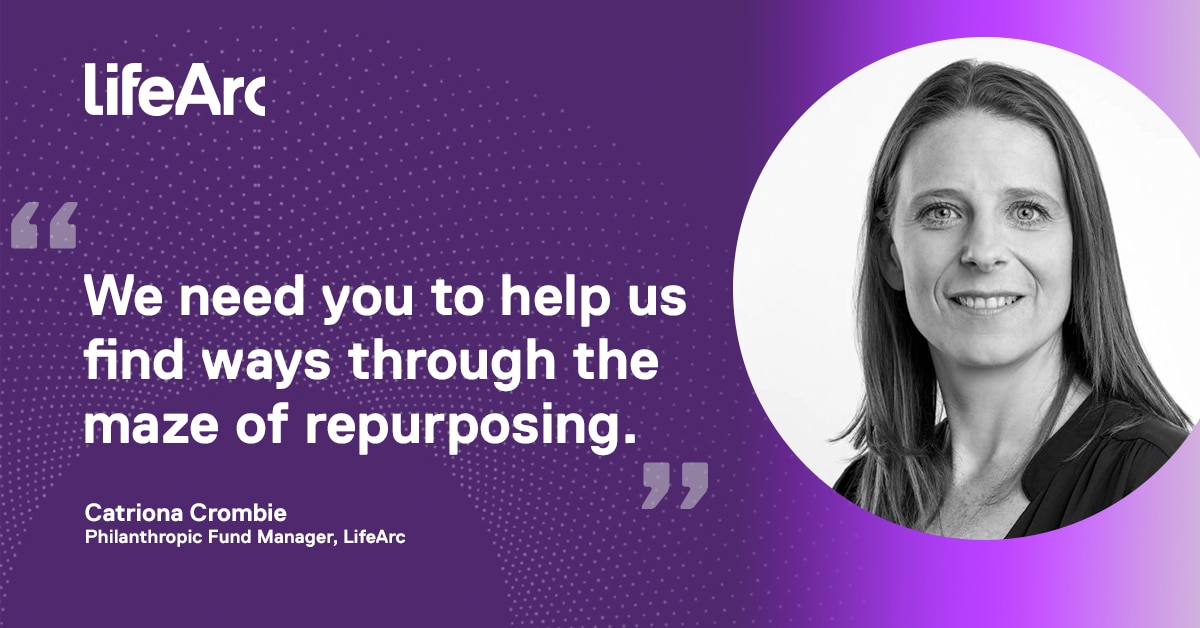
Next steps
“We were presented with a huge number of problems and challenges that we need to think about finding solutions,” said Catriona. “We might not be there today, but we’ll certainly take those away and see if we can think about ways to take them forward.”
The information from these discussions will help us to build a useful tool that will improve the chances of successful drug repurposing for rare diseases in the future.
Rick Thompson, FindaCure’s CEO, concluded the session by saying: “There were some fantastic discussions – I’m really excited to see what comes from this moving forward.”
Media contact
Hannah Severyn
Head of Media and PR at LifeArc

